Digital Earth
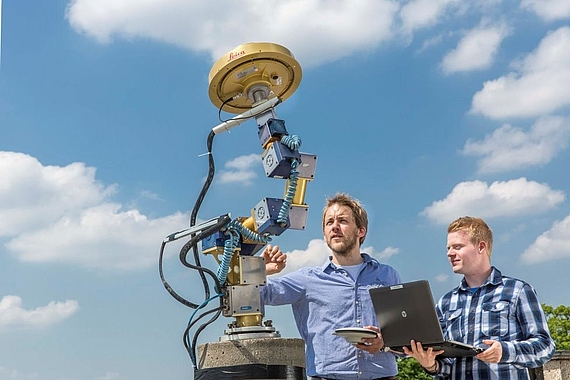
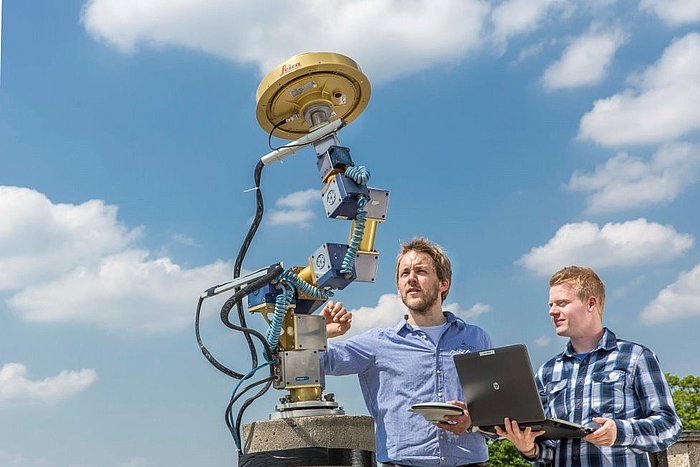
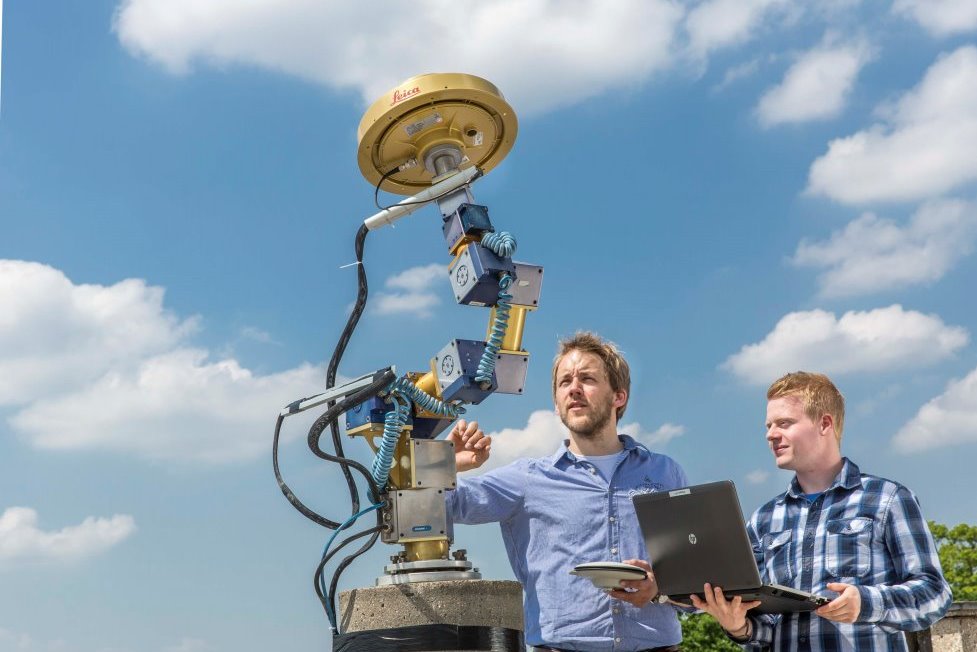 ©
FBG/C. Bierwagen
©
FBG/C. Bierwagen
The key research area "Digital Earth" comprises research on measuring (sensor technology) - understanding - modelling - forecasting - visualising - distributing complex spatio-temporal information and processes on and under the earth's surface.
Research is carried out on different scales from global to regional, and local to macroscopic and microscopic dimensions over the entire spectrum of time-varying processes and dynamics.
This includes the earth's gravity field, environmental changes, precipitation scenarios, and runoff formation, as well as precision farming or smart cities, the monitoring of building deformations and the three-dimensional recording of component and building material damage at the micro and nano levels or the balancing of transport processes in coastal areas.
The scientists develop and use mathematical-statistical and scaled physical models and novel measurement methods. Concepts of Artificial Intelligence and Big Data are being further developed. Linking infrastructure and geodata is another important approach, for example for robotics and precise navigation.
Resilient Infrastructure
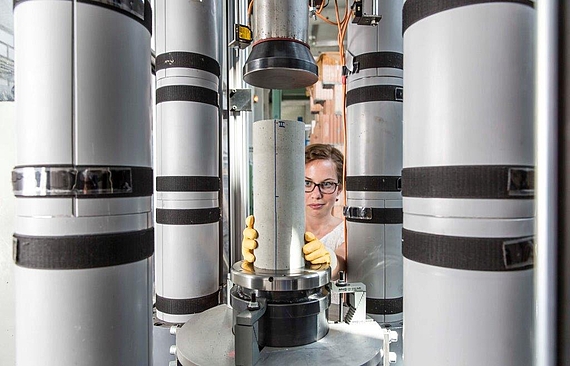
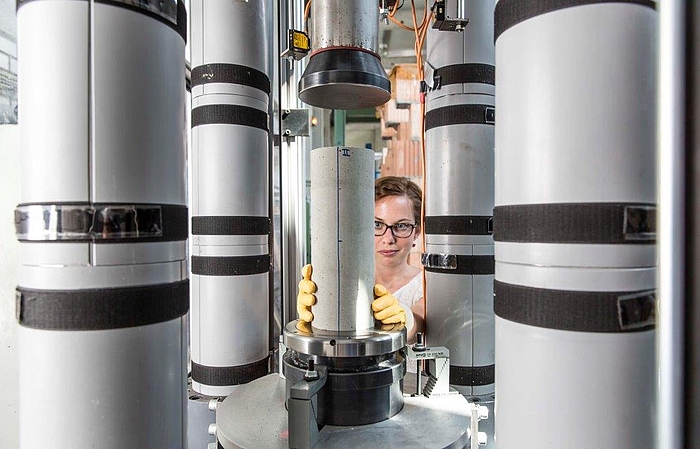
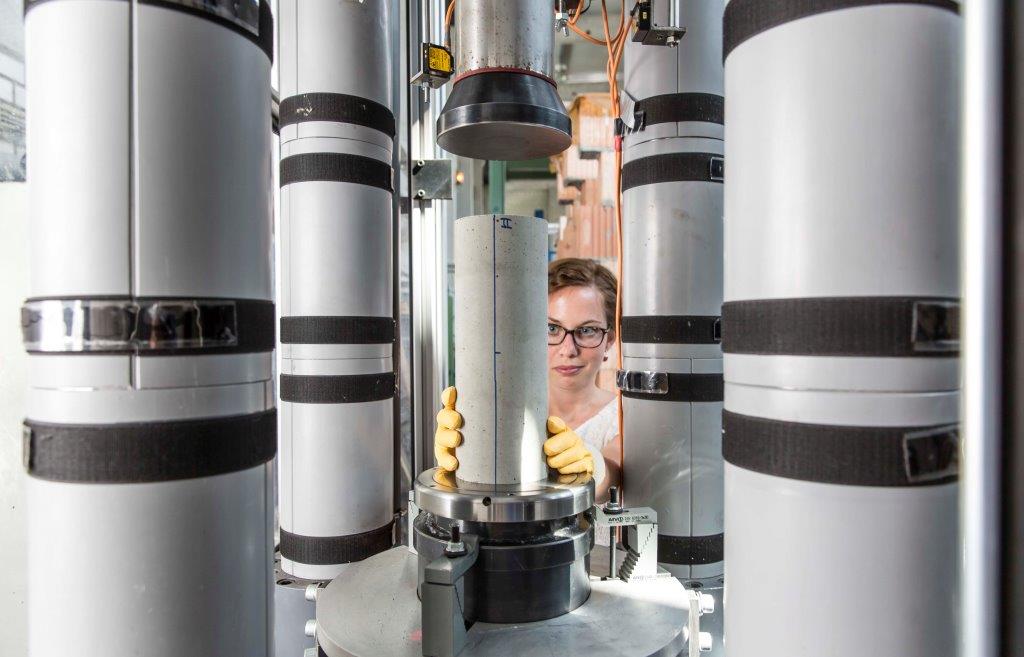 ©
FBG/ C. Bierwagen
©
FBG/ C. Bierwagen
In the key research area "Resilient Infrasturcture", new methods and resilient practically applicable solutions for all long-lasting public facilities belonging to the infrastructure and their robust, fault-tolerant linkage are researched with the aid of mathematical and physical approaches and well-founded empirical investigations.
These include, in particular, transport facilities and infrastructures (roads, railways, waterways, ports and airports), power generation facilities (e.g. wind turbines and parks), supply and disposal networks (water supply and disposal, pipelines, power and communication cables) and, increasingly, structural health monitoring and virtual infrastructure components (e.g. BIM, spatial data infrastructure).
The global challenge of the future lies in the increasing cross-linking of the various infrastructures and their complete digitalisation. This will significantly improve the functionality and robustness of the infrastructure against disruptive influences and significantly increase the speed of material and data transport. At the same time, however, the risk of failure increases considerably, especially the spread of failure far beyond the original damage area due to cascading links and interactions. In addition, the problem of aging buildings must be addressed.
Green Solutions
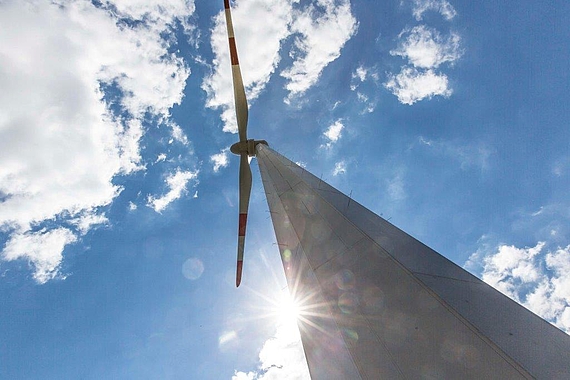
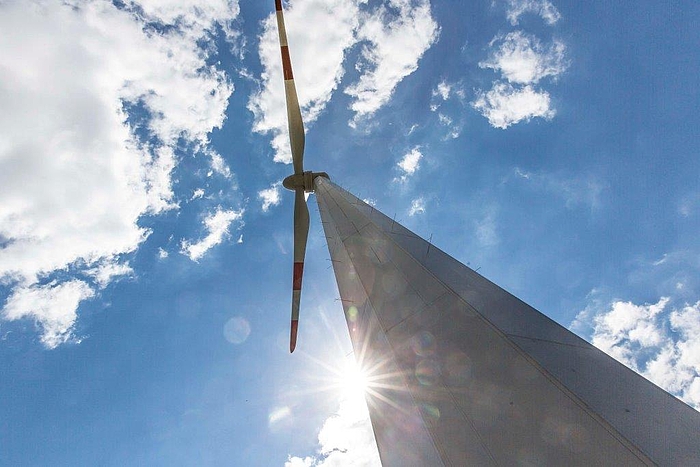
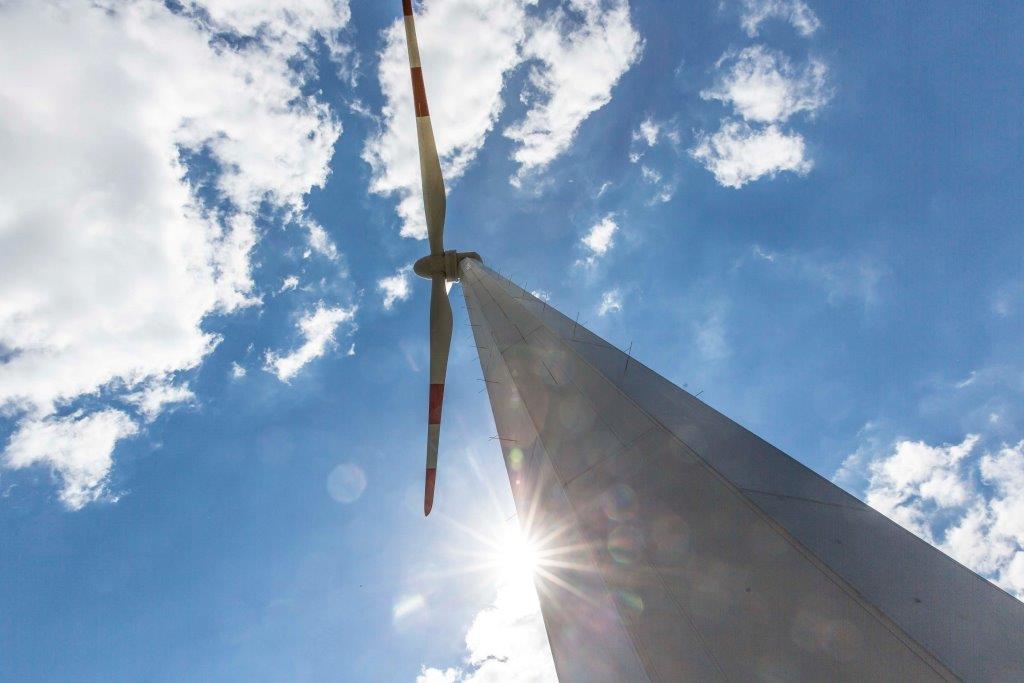 ©
FBG/C. Bierwagen
©
FBG/C. Bierwagen
The design, layout, construction and operation of buildings and infrastructures must be measured against the standards of sustainable development. The aim is to make the further development of urban and rural areas, above and below ground, coasts and estuaries as environmentally friendly as possible. "Green Solutions" stands for a turning away from building IN nature, for a turning towards building WITH nature and for a sustainable energy supply.
Members of the faculty develop strategies and transformation paths to design buildings and infrastructures not only safely and functionally but also in harmony with the environment/nature. To this end, they create tools to be able to assess the consequences. Negative, sometimes irreversible ecological and social damage is to be avoided as a matter of principle, thus making compensation measures superfluous.
The research focus "Green Solutions" is based on numerous successful preliminary works at the faculty and consistently unites civil and environmental engineering. The sustainability of the research work is ensured by the high connectivity to other relevant disciplines such as the social, economic and environmental sciences as well as to (landscape) architecture.


